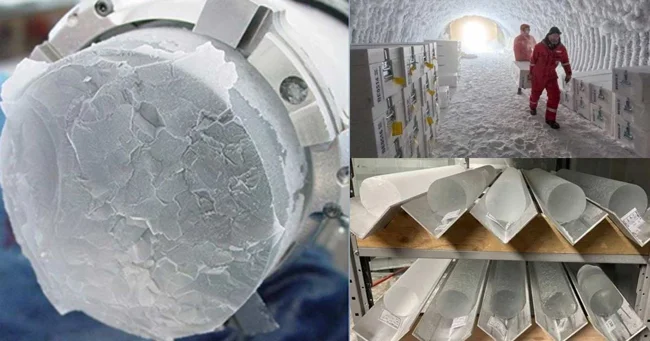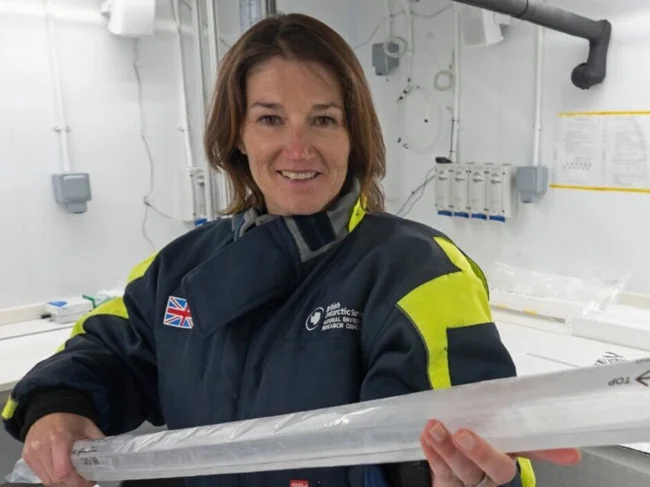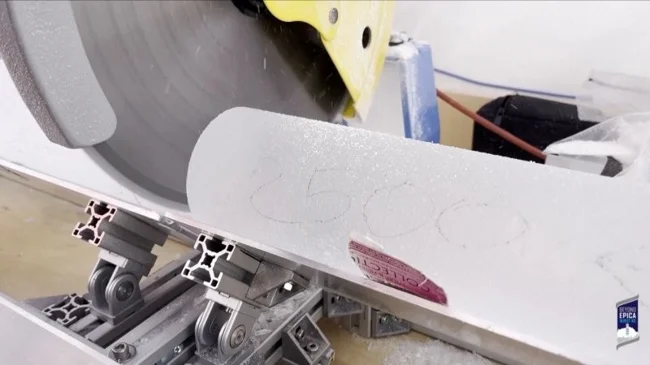Scientists study 1.5 million-year-old ice mined in Antarctica (4 photos + 1 video)
Category: Interesting photo stories, PEGI 0+
29 July 2025
Ice tubes that resemble icicles could help unlock the secrets of Earth. These ancient cores were recently extracted from the depths of Antarctica and brought to the UK. Now, scientists from Cambridge are discovering what the rare chunks can tell us about climate change and our home planet. 
To get to the truth, experts first had to drill a hole 2.8 kilometers deep into the ice sheet at the South Pole. The ice block was cut into pieces and transported to Europe. The findings could help us understand why Earth's climate cycle changed more than a million years ago and how the planet will respond to increased greenhouse gas emissions in the future.
Dr Liz Thomas of the British Antarctic Survey in Cambridge told Reuters: "We're exploring a previously unknown period in our history. We hope to unlock all these amazing secrets."

Dr. Liz Thomas holds the oldest ice
An ice core near the Concordia research station in Antarctica has surpassed the previous one, which was taken in the early 2000s and was 800,000 years old.
Scientists have long studied climate cycles in marine sediments that have accumulated over millions of years. The ice has a hidden feature - bubbles that indicate atmospheric conditions, the amount of greenhouse gases in the air, and chemical indicators of temperature at the time of their release. And Antarctica is the only place on Earth where such ancient atmospheric data has been preserved.
In summer, temperatures at the French-Italian station Concordia range from -30°C to -50°C, and in winter they can reach -80°C.

How ice cores were taken and stored for several years
Dr Thomas continued: “Our data will allow for the first continuous reconstruction of key environmental parameters over the past 1.5 million years. We will be able to track atmospheric temperature, wind patterns, sea ice volume and marine productivity. The unique ice core will provide us with important data on the relationship between atmospheric CO₂ levels and past climate, providing valuable context for predicting future climate change."

Antarctica, the largest icy continent on Earth, remains a mystery. We don't know as much about it as we'd like.
Geologists believe the continent was once covered in rivers and forests. Satellite data and radar have revealed mountain ranges and valleys, suggesting the icy land looked very different 34 million years ago.
Conspiracy theorists have turned their attention to Antarctica after Google mappers discovered a 'doorway' in a mountainside.






























